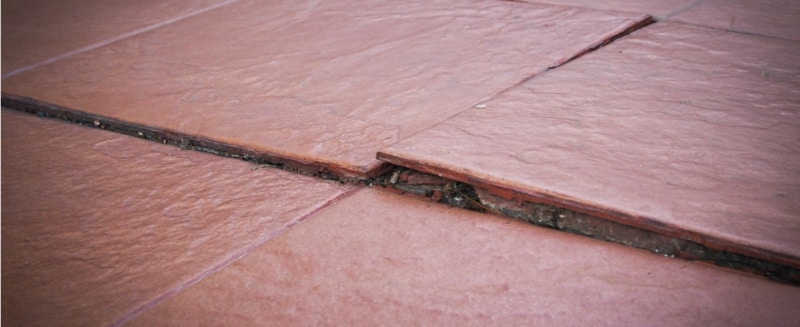Dealing with home warranty claims and problems can be difficult. Find out what your home warranty plan covers before filing a claim.
Q: We bought a house two years ago. Our purchase included a one-year home warranty. We have yet to get our one-year home fixes done. Some of our repair requests have been blatantly ignored and some have been only partially done.
The builder has told us that our “one” year has been up for quite some time, so we will have to take care of our own repairs. Do we have any recourse? This is a pattern in our neighborhood with this particular builder.
A: While it’s true that you have probably gone way beyond the dates on your one-year home warranty, you may still have other options. As with any other issue involving warranties or documents, you’ll need to find the warranty and read it first. In some cases, if you’ve complied with the terms of notifying the builder within the one-year period, the builder may have an obligation to comply with the warranty terms even if the time elapsed has been more than a year.
The warranty will spell out the method that you must use and the time frame by which to notify the builder of problems in your home. If you’ve followed the terms of the warranty, you may be in good shape to go after the builder for the builder’s failure to fix the warranty issues.
Your issues, however, may not be home warranty issues. Some builders will agree to touch up paint and take care of other routine post-closing items on a certain timetable. For example, some builders will come back to the home within 30 days to touch up the walls, tighten any knobs and handles that may need adjustment and for other minor adjustment items. These items may not fall into the category of a warranty claim. Warranty claims, in this case, may be only for defects and problems in construction.
Later, after the closing, some builders may come back to a home to fix minor cracks and to patch any nail pops in drywall and for other adjustments. Not all builders take these steps and some builders will specifically say that they take no responsibility for these types of items and will only take care of true construction problems that arise within a certain time after the closing.
Therefore, if your issue isn’t a construction issue that falls within the warranty, the failure to complete or finish certain items may fall within the contractual responsibility that the builder has to you. Then, you need to take out the purchase contract to see what your builder’s responsibilities might be. If the contract provides that the builder must do something or complete something, and the builder hasn’t, you might not have a warranty issue, but you might have a contractual issue that the builder might need to deal with.
Once you narrow down the issues, you then can determine what steps you want to take. If you ask the builder and he takes care of the issue, you’re done. But, if the builder refuses, you might have to take it up a notch. You might have to hire an attorney to review your situation, write the builder a letter and, perhaps, sue the builder. If it gets to this point, you have to assess what the cost is to remedy your situation. If you’re talking about $100 to $200 worth of work, you probably won’t (or shouldn’t) hire an attorney and will have to take care of the issue yourself. If your issue will cost several thousand dollars to fix, then you might have to pay some money to get the builder to respond.
Before you wind up in a lawsuit, review your contract to see if the prevailing party in any litigation can get its attorneys’ fees repaid. Keep in mind, that if you settle with the builder and the case doesn’t go before a judge, you’ll probably be out the attorneys’ fees.
Finally, if you know a builder has a reputation for failing to follow through on promises, you must insist on a provision in the contract that has money held back from the closing until the builder has finished what he has promised. (By the way, if you knew this before you bought, it would have been a big red flag for us and we probably wouldn’t have bought in the development.)
Good luck.
[amazon_link asins=’B01LXDH29Y,B005KUVZEA,B009AT8X9C’ template=’ProductCarousel’ store=’thinkglink-20′ marketplace=’US’ link_id=’537e52f5-2e02-11e8-9494-3dc73da110cb’]







It almost always ends up falling back on the person that made the original purchase to yet, put out more money to fix things the builder agreed to do and did not end up doing them. It’s like signing a contract where the builder quotes you a price to put on a porch for you for a set amount, uses a lot of material you purchased for a different project and then submits you the total bill with no adjustments for material you had and threatens you with a heavy fine per day if you don’t pay his quote in full! You want your material back or the money you paid out twice, you have to take the builder to court and the builder threatens you with a mechanics lien if you pursue anything…. Good old USA for you! I like the old fashion method of getting your service or money back…. Bastards!